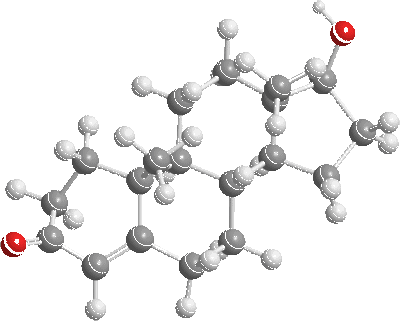Testosterone deficiency in men: what to do about the hormone disorder?
Menopause in women is well known – but the male body also undergoes some changes in middle age. This not infrequently includes a deficiency of the hormone testosterone.
Up to 10 percent of all men between 40 and 79 are affected. Symptoms of testosterone deficiency include erectile dysfunction, but also general loss of libido and mood swings.
In most cases, an additional intake of the male hormone can provide relief.
Testosterone deficiency: Not every man is affected by this condition
Around the age of 40. From the age of 18, men may experience an age-related deficiency of testosterone. Even though only a comparatively small number of men are affected, “menopause in men” occurs more frequently than is generally known.
Not for nothing do more and more men resort to the testosterone buy on the Internet.
The male hormone testosterone is responsible for the formation of the male sex organs and thus also causes beard growth, a deeper voice and body hair in men.
The hormone is produced primarily in the testicles, but also to a lesser extent in the adrenal gland. By the way, women also have testosterone, but to a much lesser extent.
Male bodies produce about 7 mg of testosterone daily; in women it is only about 0.7 mg. Whether a testosterone deficiency is present can be determined by a doctor by taking a blood sample and carrying out the corresponding tests.
Causes and symptoms of testosterone deficiency
The causes of a reduced testosterone level can be varied. In addition to diseases such as a congenital hormone production disorder or an injury to the testicles, the circumstances of the person affected can also play a role.
For example, severely overweight men are significantly more likely to be affected by a testosterone deficiency than their peers with a normal weight.
Associated high blood pressure and cardiovascular diseases, as well as metabolic disorders, can also contribute to a steady drop in testosterone levels.
Then symptoms appear, some of which are similar to those of female menopause: Hot flashes, mood swings and sleep disturbances are just a few characteristics, as well as erection problems and a general decrease in muscle mass, which is accompanied by a simultaneous increase in fat formation on the abdomen.
However, these symptoms do not always necessarily have to be due to a testosterone deficiency. For this reason, it makes sense to have the actual causes clarified by a doctor.
Treating testosterone deficiency
If the doctor has clearly determined a reduced testosterone level, there is the possibility of administering artificial hormones and thus ensure that there is more testosterone in the body again.
This can be done, for example, by administering injections into the muscle, by taking tablets and capsules, as a patch on the skin or even by using appropriate nasal spray.
Since the hormone enters the body quickly in this way and normal levels are quickly restored, those affected usually notice positive changes after just a few weeks.
However, it can take up to six months for any potency problems to disappear. There are also several options that can be used to increase testosterone levels naturally.
Physical activity, good sleep and avoidance of unhealthy fats as well as reduction of the abdominal girth can already provide relief in the case of slight hormonal disturbances.
